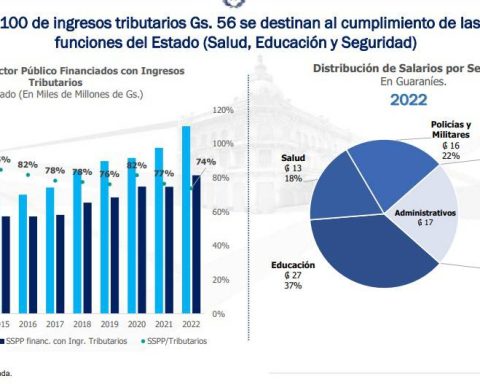PAHO, the regional office of the World Health Organization (WHO), highlighted that infections of the new coronavirus increased by 28.9% last week in the Western Pacific region, which includes China; 12.3% in Africa; and almost 2% in Europe in relation to the previous week.
“Cases are increasing again in other parts of the world, serving as a warning to our region,” PAHO Deputy Director Jarbas Barbosa told a news conference.
In the Americas, COVID-19 infections continued to decline for the eighth consecutive week with more than 901,000 new cases reported in the week of March 6, a drop of 19% compared to the previous week.
Weekly deaths also followed a downward trajectory for the fifth consecutive week, with 15,523 new deaths reported (-18.4%), PAHO said.
But Barbosa indicated that although most American countries and territories reported a reduction in new infections, in the Caribbean and on the islands of the Atlantic Ocean, cases increased by 56.6%.
“Covid-19 infections and deaths are declining in most of our region, but too many cases and deaths are still being reported every day, a clear indication that transmission is not yet under control,” he recalled.
Two years after the WHO declared a pandemic for the new coronavirus, first reported in China in late 2019, some 149 million cases of covid-19 were reported in the Americas, including 2.6 million deaths, according to official figures as of March 15.
– “Large uncertainties” –
Sylvain Aldighieri, chief of incidents for covid-19 at PAHO, pointed out that “great uncertainties” remain regarding the global and regional situation of covid-19.
“A scenario of recrudescence of viral circulation at the subnational, national, or in a region or subregion, is a scenario that must always be on our epidemiological radar,” he said.
Aldighieri said that in the Americas, as in the rest of the world, omicron, first detected in South Africa in late November, is currently the predominant variant of the new coronavirus, with the BA.1 sublineage identified in more than 95% of the samples.
The BA.2 sublineage, currently widely circulated in Asia, “is pretty minimal right now in the region,” he explained.
Given the risk that the pandemic still poses, PAHO urged the countries of the Americas to ensure high rates of anticovid vaccination, with complete schedules, including booster doses.
Barbosa highlighted that Chile, as well as the Cayman Islands and Puerto Rico (British and US territories in the Caribbean, respectively), have already vaccinated more than 90% of their population, but recalled that 21 countries and territories in the Americas still have to vaccinate 50%.
In the Caribbean, where “the perception of risk is lower than in other parts of the region” and people have been more reluctant to get vaccinated, Barbosa called on authorities to disseminate information to build confidence that immunization is safe and effective and “can save their lives”.
Aldighieri indicated that in the Caribbean countries and territories, vaccination coverage needs to be improved in risk groups and in young adults. He also called for “always considering” public health measures to curb contagion, including the use of masks.


















